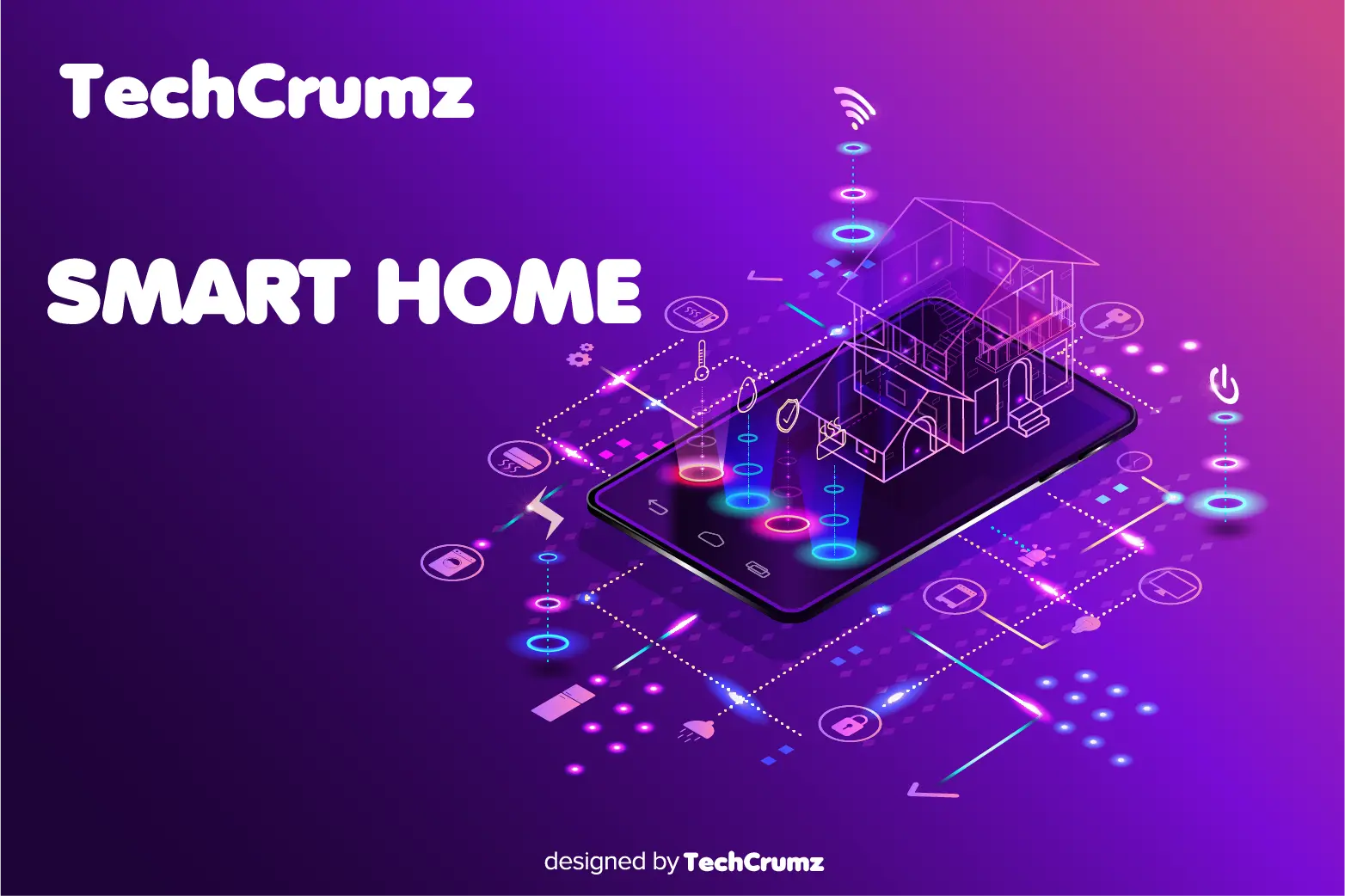Anyone who is a fan of smart products knows the practicality they bring to everyday life. That’s why the search for smart homes has grown a lot in recent years, both for those looking for convenience and for those who would like to reinforce their protection with cameras and alarms.
However, it is precisely protection that can become a problem with so many electronic devices connected to the same network. This is because cybercriminals are always on the lookout to find security holes in these networks and invade user’s privacy.
If you are thinking about turning your home into a smart home, check out the potential risks and, most importantly, how you can protect your home!
The biggest dangers of the Smart Home
Here are some of the most significant risks associated with smart homes:
Privacy Violation
Devices commonly used in smart homes often collect data about users ‘ habits, such as usage patterns, preferences, and even location information. This data allows products to improve their performance, adapting to different needs.
However, if this data is not adequately protected, it can be stolen and misused. Imagine that the most intimate details of your routine, schedules, and preferences end up in the wrong hands. They could be exploited for targeted advertising, sold to third parties, or even used for more serious crimes such as scams, fraud, and extortion.
Unauthorized access
A smart home network can become a target for savvy cybercriminals. If they manage to break in, they can take control of devices, from lights and thermostats to security cameras.
The attacker can even disable security systems, allowing unauthorized access to the home. A hacker with access to your smart home could even cause physical damage, leading to a traumatic experience in addition to financial losses.
Device hijacking
Hijacking smart home devices and demanding a ransom is an increasingly common tactic among cybercriminals. This happens when devices connected to the network are infected with malicious software capable of encrypting data or even the entire operating system.
This way, criminals can block access to all functions of infected devices. To regain control, they demand a ransom payment, and even then, there is no guarantee that they will give back access or will not damage the devices.
Espionage by camera or microphone
Imagine the feeling of knowing that someone is watching your family in your own home, without your knowledge or consent. Hackers can exploit vulnerabilities in security cameras, built-in microphones, and even baby monitors to spy on your conversations, activities, and movements. This invasion of privacy not only violates your emotional security but also creates substantial risks of extortion and blackmail.
How to protect your Smart Home
Given all these risks, it is easy to understand the importance of protecting your smart home. But after all, how to do this in practice? Check out our top tips:
- Keep devices always up to date: updating your devices’ operating systems and firmware also serves to correct possible vulnerabilities.
- Use strong, unique passwords for each device and home network.
- Set up a separate network for smart devices, this limits cybercriminals’ access to your main network.
- Use reputable firewalls, VPNs, and antivirus programs to add extra layers of security.






















